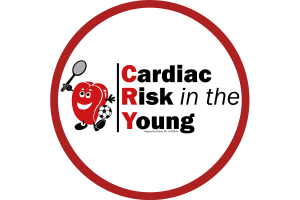
“I think it is very important that general practitioners become aware of conditions causing sudden cardiac death in young people. Before my own daughter Laura collapsed and died in front of me in 2003, whilst working in my surgery, I knew little about the subject. She had undiagnosed ARVC.
It is through my subsequent contact with Cardiac Risk in the Young that my own awareness and knowledge has increased. Although these conditions are uncommon for individual GPs there are many of them and in practice, rare things occur commonly. They could affect any one of the families in a GP’s care at any time, and in my opinion, knowing where to obtain good support, information, and advice is crucial to effective general practice care. CRY is this source.” Dr Tony Hillier, Retired – GP.
It is important to refer family members to a specialist cardiologist after a diagnosis is made because many of the cardiac diseases causing sudden cardiac death are inherited.
Professor Mary Sheppard works closely with the fast-track screening service at the CRY Centre for Inherited Cardiac Conditions and Sports Cardiology at St. George’s Hospital, Tooting – a vital link offering screening to all first degree relatives together after a sudden death.
CRY can provide advice regarding referrals for expert screening for family members which aims to be within 4 weeks of receiving the referral.On completion of the examination Professor Sheppard recommends that the family should be screened by a cardiologist with expertise in inherited cardiovascular conditions.
Professor Sheppard’s diagnosis provides vital information for the cardiologist which will direct the investigations of those individuals at risk. The cardiologist will be provided with a copy of the pathology report, on request, from Professor Sheppard.
The process:

Preventing young sudden cardiac deaths through awareness, screening and research, and supporting affected families.
The CRY Centre for Cardiac Pathology (CRY CCP) was established in 2008 with a donation from the Howard and Sebastian English Memorial Fund.
Head Office:
Unit 1140B, The Axis Centre,
Cleeve Road, Leatherhead,
Surrey KT22 7RD
Tel: 01737 363222
Privacy Policy
Safeguarding Policy
Email: cry@c-r-y.org.uk